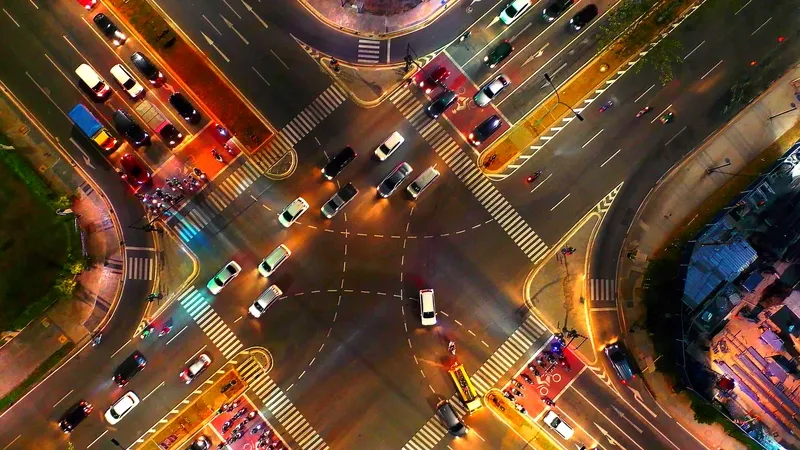
The US Department of Transportation has updated its Safety Band website with new graphics highlighting the importance of the 5.9GHz wireless spectrum for improving road safety across the country.
USDoT points out that the Safety Band - set up by the Federal Communications Commission in 1999 - is host to technologies which "generate real-time alerts to prevent crashes, manage traffic flow, warn drivers about hazardous weather conditions, and adjust signals to give emergency vehicles priority in congested traffic".
They have the potential to improve road safety: "That is why federal, state, and local governments have invested more than $2 billion in deploying them," USDoT says.
A new interactive map shows operational and planned locations across the US deploying Vehicle to Everything (V2X) communications technologies.
There is also a state-by-state index which shows crash fatalities and related economic costs that USDoT says could be mitigated through deployment of technology utilising the Safety Band.










